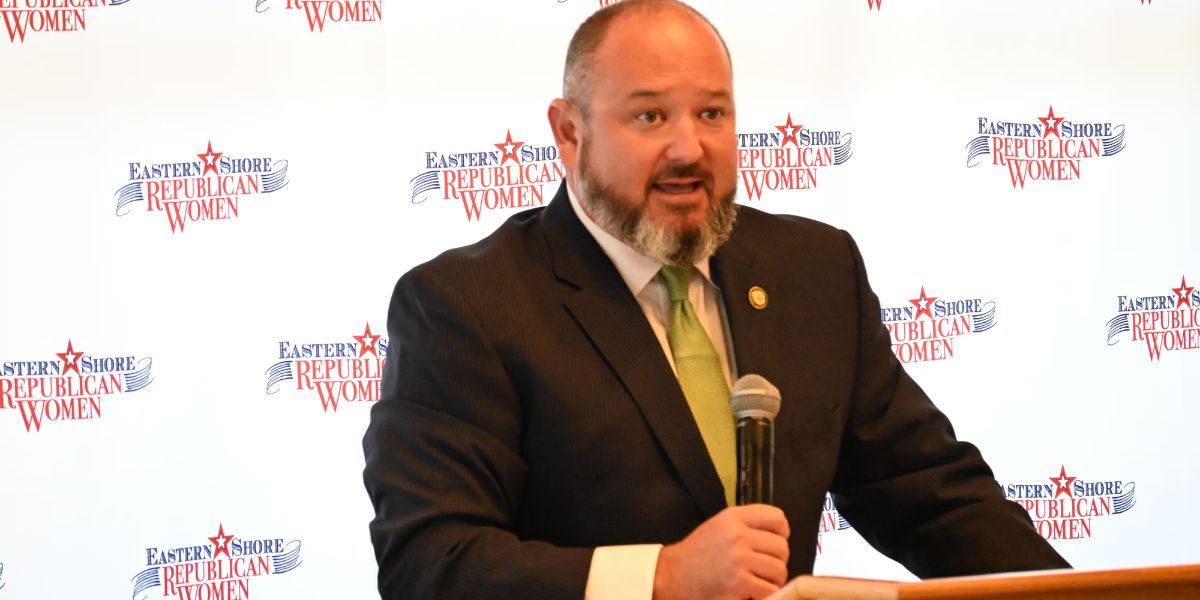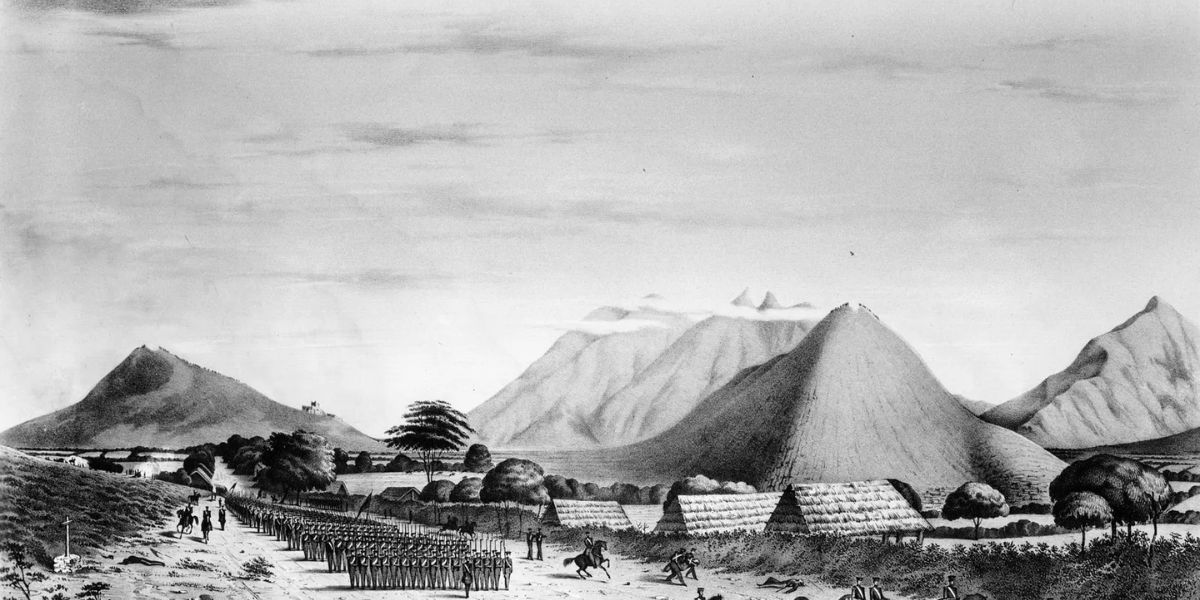An Alabama state senator from the Gulf Coast is concerned about the absence of funding commitments for the enormous $3.5 billion Interstate 10 Bridge and Bayway project and wonders whether it might be “de-scoped.”
Speaking before the Eastern Shore Republican Women’s Club on Thursday, state Sen. Chris Elliott, R-Josephine, expressed worry that the project requires “a lot of pieces falling just in line” for financing to make sense. He also questioned whether it was time for local and state officials to reassess certain aspects of the project due to concerns about the state’s ability to fund it. “If it doesn’t work, what’s the back up?” Elliott spoke to AL.com on Friday. “What is the alternative?” I believe that is a reasonable topic to pose, and we should begin preparing for it. I believe that if the federal government stuff does not work out, we may need to consider de-scoping (or scaling back) the project.”
The I-10 project, costing $3.5 billion, would be the most expensive in Alabama history. It includes the building of a new six-lane, 215-foot-tall cable suspension bridge in downtown Mobile that connects to a newly raised and extended I-10 Bayway. The new interstate would be six lanes, 7.4 miles long, and connect Mobile and Daphne. The new idea also asks for the demolishment of the current I-10.
The initiative has little allocated funding. In 2019, former US Senator Richard Shelby’s office obtained a $125 million federal Infrastructure for Rebuilding America (INFRA) grant. Another $250 million is set aside through state financing.
The Alabama Department of Transportation announced earlier this week that federal officials had expressed interest in making the project eligible for low-interest loans to cover nearly half of the bridge’s expenditures. The loan is made under the Transportation Infrastructure Finance and Innovation Act (TIFIA) and, if approved by federal transportation regulators, would be a significant step toward securing money for the project to proceed forward.
ALDOT, in a joint statement with the Metropolitan Planning Organizations of Mobile and the Eastern Shore, stated that it will apply for the maximum amount, which is 49% of the project’s expenditures. At $3.5 billion, this equates to around $1.75 billion in government low-interest rate loans repaid with toll income.
ALDOT is also looking for federal funds and other financial sources.
“Based on ALDOT’s press releases and what has been said, you have to acknowledge everything has to be just right to fund this project,” Elliott stated to AL.com on Friday. “Two government grant achievements, including a toll revenue study that outperforms expectations to justify up to 49% funding from TIFIA. When you put these components together, everything must be perfectly aligned or it will not function. Let’s be honest, our track record of everything going well has not been good.”
In response, ALDOT spokesman Tony Harris stated that the state is pursuing as many financing sources as possible to pay the project. “We are seeking TIFIA funding at 49 percent, as well as applications for federal discretionary funding under the Mega, INFRA, and Bridge Discretionary grant programs,” Harris stated. “The MPOs established a framework for project development activities. We continue to work forward in close collaboration with the MPOs.”
Jack Burrell, chairman of the Eastern Shore MPO and a Fairhope City Council member, said he does not disagree with Elliott’s worries. However, he expressed concern that if the project is scaled back or undergoes significant changes, the entire environmental process will have to repeat. As a result, the project would require a new environmental impact statement, which might extend its timeline and increase expenses.
“You put it off for another five years, and what do you get? “Half the bridge, same costs?” Burrell said. “That’s the biggest concern out of that.”
Burrell expressed confidence in how the U.S. Department of Transportation has handled the project, including aligning its Build American Bureau with ALDOT to give technical assistance in the Mega grant application. Mega grants, funded under the 2021 bipartisan infrastructure plan, have been offered twice for projects around the country and are likely to be awarded for large infrastructure projects until 2026. “We’ve applied for the grants in the past and we are a project of merit,” Burrell stated. “Now (the U.S. DOT) is coming back and asking more questions and encouraging us to apply.”
Elliott remarked that the project’s cost projections have increased significantly in recent years. About seven years ago, the price ranged between $800 million and $1.8 billion. It has since climbed from $2.1 billion to the current $3 billion-$3.5 billion. The project’s primary goal is to reduce traffic congestion on I-10, particularly during peak travel seasons when visitors visit Alabama and Florida beaches. The road averages more than 78,000 vehicles per day west of the Wallace Tunnel in downtown Mobile, and there are concerns that more than 95,000 vehicles will be commuting regularly along the interstate in less than 20 years.
Elliott explained that the destruction and reconstruction of the Bayway accounts for a significant portion of the increased costs. According to state officials, the Bayway must be lifted in order to comply with federal directives to build infrastructure to respond to increasing sea levels and warming temperatures. In other words, the Bayway would be designed to endure high winds, floods, and storm surge. When the project was originally anticipated to cost $2.1 billion, state officials stated that elevating the Bayway added $350 million to the total cost. The new Bayway would cost $880 million in total, which is slightly more than 40% of the $2.1 billion price estimate.
It is unknown how much those dollar values have altered in the most recent projections.
Burrell stated that officials had considered building merely the bridge rather than the Bayway. However, he stated that previous efforts had little traction with ALDOT.
“We looked at it as a cost savings measure to get something done,” he explained. “However, this (whole project) needs to be authorized as is. If you build the bridge and return to four lanes, you will move the bottleneck.
Elliott stated that if the projections continue to rise, it may become a project that Alabama cannot afford if alternate alternatives are not considered.
“Alabama cannot afford a $4 billion bridge without the feds shoveling money into it or allowing us to do something we cannot afford,” he stated.
Source: al.com




